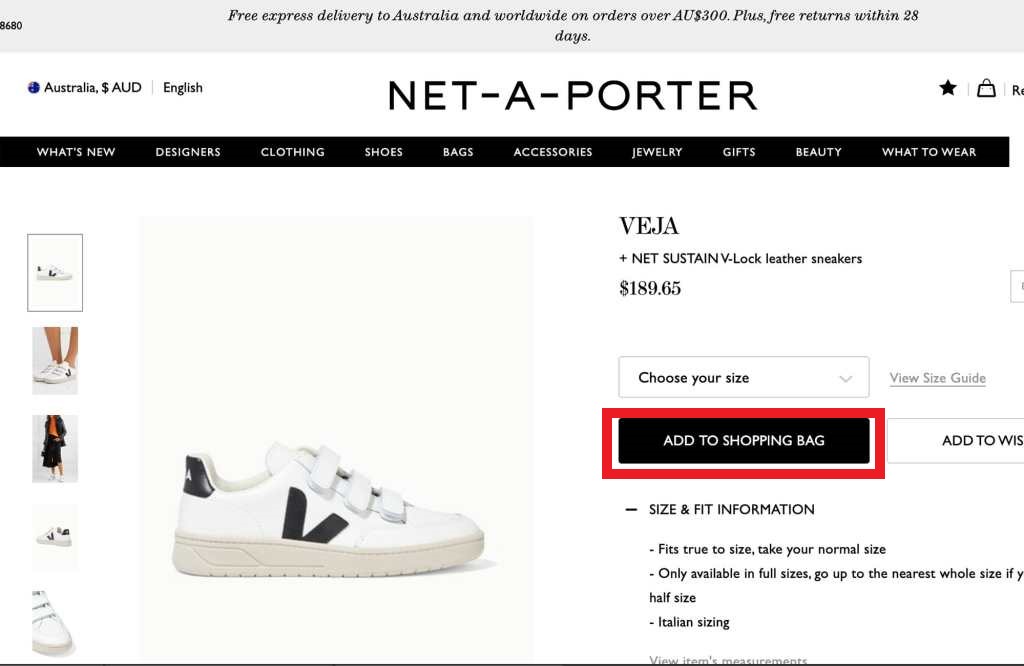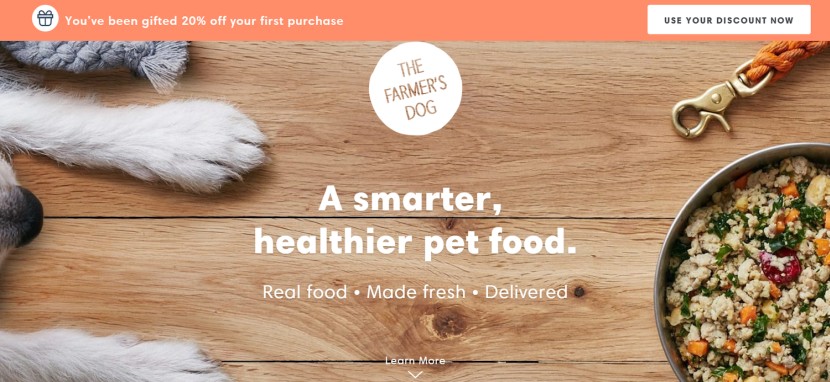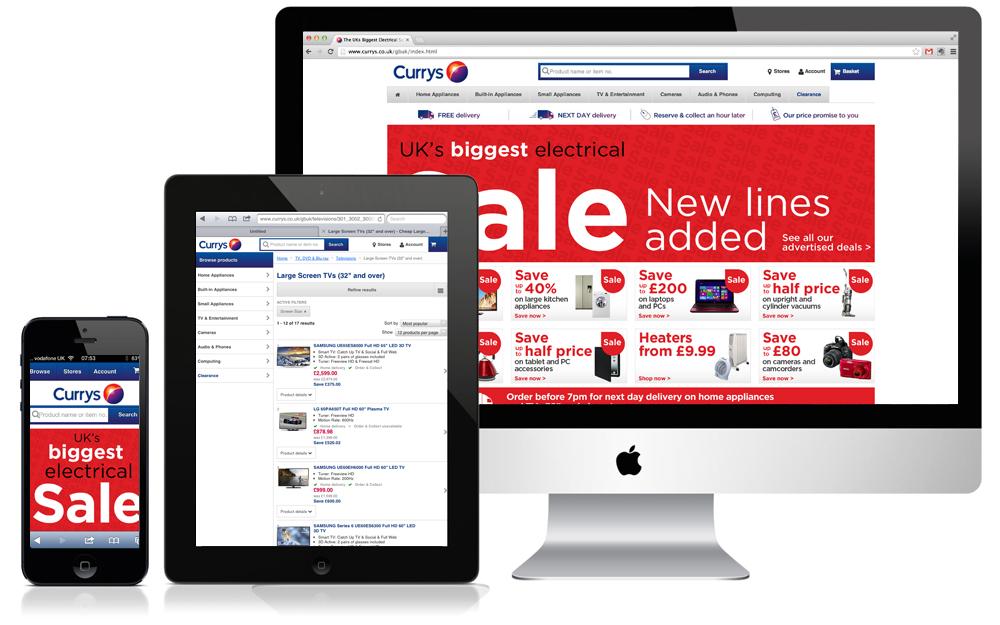According to eMarketer, the global e-commerce market will reach $5 trillion this year. In fact, despite the COVID pandemic forcing businesses to shut shop across industries and verticals, e-commerce sales grew from strength to strength, skyrocketing by 27.6% in 2020.
Clearly, the e-commerce sector is showing no signs of slowing down. So if you are someone who is looking to adapt to a new business model, revisit your existing sales tactics, or create an innovative marketing strategy you’ll need to brush up on some important e-commerce terms that are instrumental in every pitch, strategy, model, and plan. This guide will serve as your holy grail.
To that end, let’s get started with the fundamental terminologies that every person who is even ‘remotely’ (in both senses of the word) interested in e-commerce should know:
What Is E-commerce?
First things first, let’s understand what e-commerce is. Simply put, e-commerce or electronic commerce is the process of buying and selling goods or services using the internet. As you can imagine, the process involves monetary and data transactions, typically done instantly and on a global scale.
The E-commerce Cheat Sheet: Top-50 Terms To Know
1. 301 Redirect: Signals a permanent redirection from one URL to another. In other words, it means that the page has permanently moved to another location. The 301 redirect guides website visitors and search engines to the new URL instead of staying stuck on the original URL.
2. Abandonment: Also called cart abandonment, refers to a visitor who visits the website, adds items to their cart, and leaves without making a purchase.
3. A/B Testing: Also called split testing. It is the process of comparing two variants of a web page to see which one is performing better by showing it to prospects at random.
4. Affiliate Marketing: It is a third-party marketing process where a publisher and an advertiser partner to drive traffic to the latter’s offering. There is a small fee/commission from every purchase that the publisher earns.
5. Brick & Mortar: It refers to a business that has a physical store where customers can go buy products/services.
6. Brick & Click: It refers to a business that runs an online store along with an offline counterpart.
7. Business to Business (B2B): It is the process of selling products/services to another business, which typically then sells to the consumer.
8. Business to Consumer (B2C): The process of selling products/services directly from the business to the consumer.
9. Call-to-Action: It is an action that you want your customers to take, such as “Shop now, buy today, get a quote, free download, etc.” on your website/app. The call-to-action button is typically instruction-based and is designed strategically to capture the visitor’s attention as shown below:
10. Conversion: It happens when customers finish one in various tasks such as requesting a quote, filling out a contact form, placing an order, and so on.
11. Conversion Funnel: Also known as a “sales funnel,” it is the path (often visually demonstrated) that your prospect takes to become a loyal customer. Here’s an example of an e-commerce conversion funnel:
12. Conversion Rate: It is calculated by dividing the number of visitors who transformed into paying customers divided by the total number of visitors on a site:
13. Customer Relationship Management (CRM): It refers to a system wherein an organization captures valuable user data from various sources such as website, telephone, live chat, direct mail, social media, etc., and analyzes it to improve the customer experience and reach its business goal. There are numerous CRM software available in the market that can help organizations become more user-centric in their business and approach.
14. Cyber Monday: It is the Monday after Black Friday, which typically offers customers the maximum amount of deals and discounts than any other day of the year.
15. Domain: It is the main home page or URL of a website.
16. Email Marketing: It is a type of online marketing that uses a series of emails to target and engage your customers based on your mail list, which comprises users who signed up to receive emails in the first place. Below is an example of excellent email marketing at play:

17. E-commerce SEO: These are SEO strategies that primarily work for eCommerce businesses, which includes targeting product pages, category pages, payments pages, etc.
18. Gateway: Also known as “payment gateway,” it is a platform that processes payments from the user’s bank to the website for online transactions.
19. Google AdWords: It is a type of advertising that allows businesses to set a budget and run promotional ads, which comprise SEO keywords to boost page rankings.
20. Google Analytics: It allows brands to monitor their website traffic and presents the data into graphs and charts so that marketers can assess their brand’s online performance over specific periods of time.
21. Google Keywords: It signifies trending words or phrases that users commonly use to search within Google.
22. Inventory: It refers to the number of products and types of brands retailers amass in their stock.
23. Keyword Ranking: It refers to how your website ranks for specific keywords on a search engine results page.
24. Landing Page: It is the page that is displayed once a user clicks on a link, or more specifically, a call-to-action button to engage with the brand and perform a desired action:
25. Long Tail Keyword: It is a type of keyword phrase that is more targeted and usually longer (about three to five words) than commonly searched keywords. It allows brands to target a more niche audience.
26: Marketing Automation: It refers to software that can help automate key marketing processes such as segmentation, data integration, customer management, etc., to enhance your customer experience, boost sales across different online channels, and automate repetitive tasks.
27. Metrics: It is a type of measurement for assessing factors like revenue, keyword rankings, website traffic, referrals, among others.
28. Mobile Commerce: It is the process of purchasing products/services on a mobile or a wireless handheld device.
29. Niche: It refers to products/services that are made specifically for a particular industry or a select product.
30. On-Page Optimization: It refers to the diverse measures undertaken inside your website to enhance the web page listing or boost your website’s position in the search rankings. It is often considered the first step of SEO.
31. Omnichannel Marketing: It is a type of retail marketing that integrates various shopping methods available to consumers (think: online, physical store, in-app, etc.) with the end goal of providing a seamless, consistent, contextual, and user-friendly shopping experience.**
32. Open Rate: It refers to the percentage of people on your email list that opened a particular email campaign. It is calculated by the number of email messages opened by the total number of email messages sent.
33: Organic Traffic: It refers to the** way in which visitors end up finding your website through a search engine query. Your page ranking will determine how quickly–or ‘organically’– users are able to find your website.
34. Page Rank (PR): It measures where a page ranks with Google or other search engines. The better your page ranking, the closer it will be to be listed on the number one spot.
35. PageViews: Also called Page Impression, it refers to an instance when a visitor visits a website page.
36. Payment Gateway: It is a** technology used by merchants to accept debit or credit card purchases from customers. It helps to protect your customer’s sensitive information by encrypting the data that is transmitted.
37. Pay-Per-Click (PPC) Marketing: Also known as Cost Per Click (CPC), it refers to an advertising model where the advertiser pays only when a user clicks on their ad and is successfully directed to their website. Google’s AdWords platform is one of the most popular examples of Pay-Per-Click promotion.
38. QR Code: Short for Quick Response Code, it is a type of matrix bar code that is used for storing URLs and offering convenient access to data via a smartphone.
39. Responsive Design: It is a type of design philosophy that aims to provide a responsive aka customized viewing experience for diverse types of platforms and communication channels such as mobile, desktop, tablet, etc.:
40. Search Engine Optimization (SEO): Search Engine Optimization is a digital marketing activity that focuses on driving traffic to a website from organic search results on search engines. In other words, it helps boost the website’s visibility in terms of search rankings.
41. Search Engine Results Page (SERP): It is a web page that lists all the results when users search for something using specific terms and keywords.
42. Smarketing: It is the process in which the sales and marketing teams come together to achieve a shared business goal through frequent and direct communication.
43. Third-Party Payment Processor: It refers to a merchant services provider such as PayPal that offers various payment methods to the customers. It helps eCommerce businesses to receive payments without first setting up their merchant account with a bank.
44. Traffic: It refers to the number of** visitors who visit a website during a specified time period.

45. Transaction: It refers to the process of buying a product/service online from a business.
46. Upselling: It refers to a kind of sales strategy where you offer deals on related products and persuade customers to buy more expensive products/upgrades to make a profitable sale.
47. User Experience (UX): It describes a user’s overall feeling about a product/service/system with respect to factors such as ease of use, usefulness, usability, accessibility, credibility, value, and desirability.
48. User Interface (UI): It is a graphical layout of a website/app designed to allow for seamless and user-friendly interaction between customers and said application/website.
49. Web Analytics: It is a tool that allows you to assess the impact of your website on your visitors, improve effectiveness, and boost traffic. The common metrics to measure would include the number of site visits, visitor entry points, specific keywords used, online session time, why users left the website, and so on.
50. Wholesale: It refers to the** distributor or manufacturer who sells directly to retailers.
Wrap Up
As is the case with all kinds of businesses, even the e-commerce world has its own language, values, and systems in place. Understanding the basics allows marketers, sellers, and buyers, on the whole, to conduct business with greater confidence, trust, and transparency. So next time you find yourself struggling with any e-commerce term or phrase, you know where to look.

Written by our guest writer Srushti Shah, acquire.io
Srushti Shah is an ambitious, passionate, and out-of-the-box thinking woman having vast Digital Marketing exposure. She is working as a Digital Marketer and Content writer. Her key focus is to serve her clients with the latest innovation in her field, leading to fast and effective results. Working beyond expectations and delivering the best possible results is her professional motto. Other than work, she loves traveling, exploring new things, and spending quality time with family.






